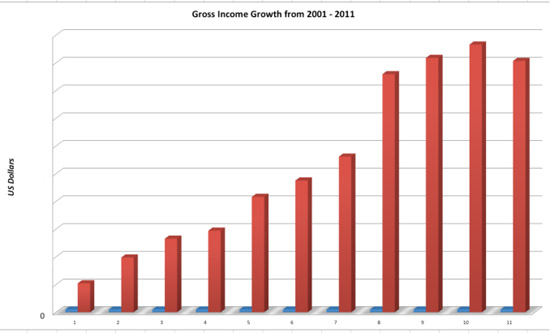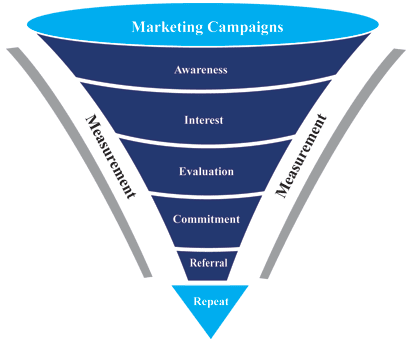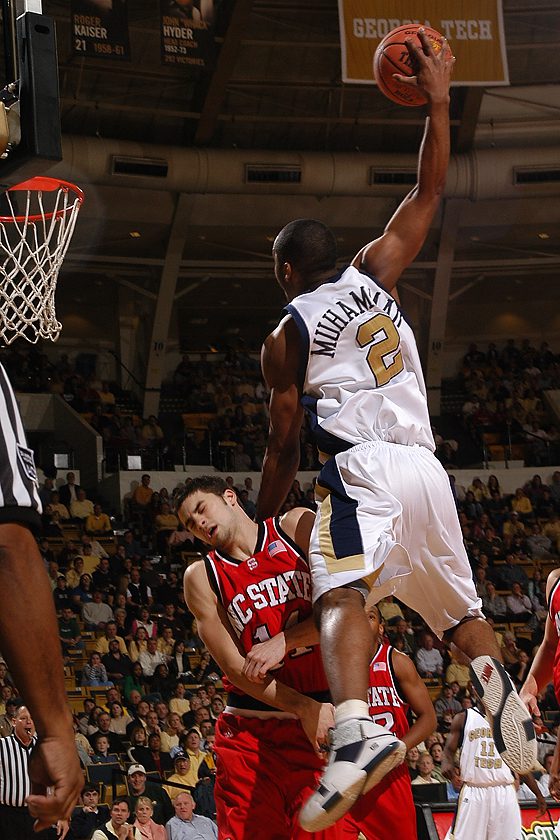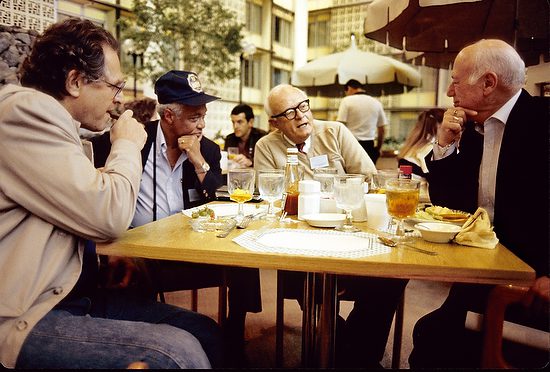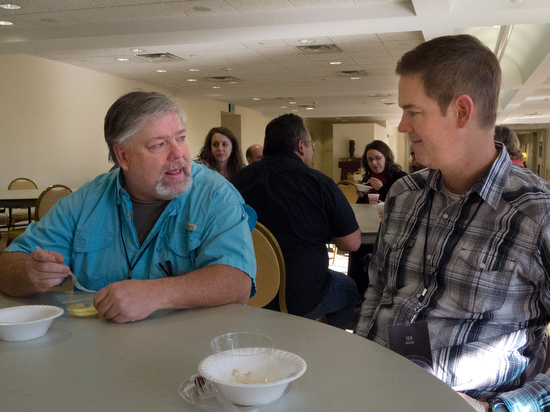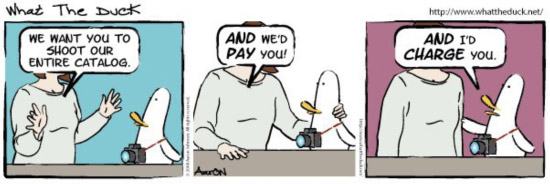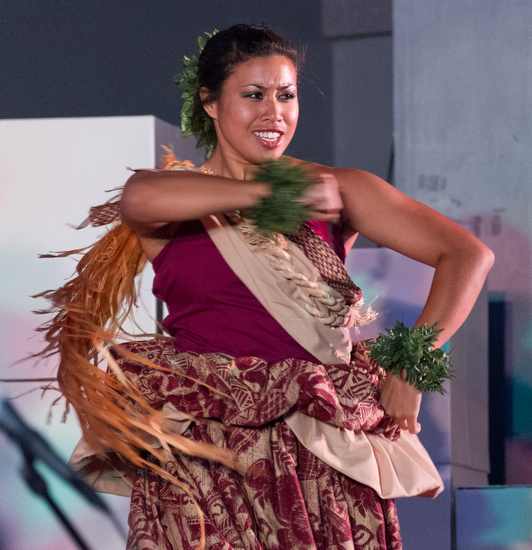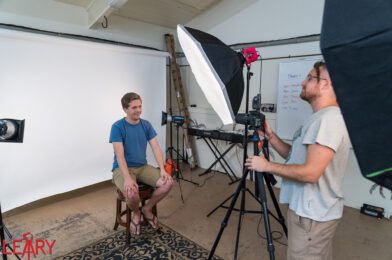If starting a business with perfection is your dream then it will never happen. It takes time to become successful.
Six to eighteen months
If you do everything right to market yourself, from your first contact to the first sale can take easily 6 to 18 months for you to close the deal and get paid. This is why almost experts advise to have at least 6 months of money for living and business expenses on hand before venturing out.
 |
| Former U.S. President Jimmy Carter Announces Three Countries Left in Guinea Worm Eradication Campaign: Nigeria and Niger Honored as Most Recent Nations to Halt Disease Transmission. |
Event photography
A client hires a photographer once a year for an event. They have a photographer booked for that event. You introduce yourself and they not only love your work but want to hire you. They have already signed a photographer with a contract in place for this year. That means that the earliest they can hire you is a year from the date of the event. If the event for this year is 6 months off then you can see how it is 18 months before you see any money from a perfectly executed presentation.
Editorial Photography
You get a meeting with the editor and they love your work. They expect you to have story ideas. Your ideas were just done by the magazine. In this scenario it will most likely be 5 years before they do those stories again. You now need time to come up with more stories. This takes some time. You did an almost perfect presentation–they like your work, but need some ideas as well.
They may add you to their list of freelancers. Most editors give those who have served them well first shot at assignments. Until this photographer or photographers are booked they will not be calling. However, if they think your style is a better fit for an assignment they will call.
 |
| Sports photography has changed more for me than any other segment in my business. |
Industry changes
One of the biggest changes for me has been sports. When I started to freelance I had numerous teams that would call and have me cover their games.
Today those same people are having parents and alumni calling them up to shoot on the sidelines. The difference is today’s cameras will let anyone get sharp in focus and well exposed photos. These photographers all have other jobs that allow them the resources to buy they latest cameras and lenses to cover the game.
Most of them started shooting their kids playing sports through high school and then realized they would like to stand on the sidelines of college and pro games.
While most of their photos are not on the same level as Sports Illustrated, they are good enough that for the price of “free” the sports information directors of the teams will use them and help save their club money.
While I depended heavily on sports when I started out freelancing full-time I have had to grow other parts of the business to make up for this which actually plummeted in sales volume.
Change in management
You have a great meeting with a client and then when you check back with them in a month or so about some possibilities you find they either were promoted or moved to another company. Either way they no longer hire photographers. You have to start over with the new person that replaced them. You loose a few months just figuring out all the changes.
Monthly I send out an eNewsletter. Each month I have numerous emails that did not go through because of changes of employment. Many of my contacts have changed companies. This is very common with agencies. It is easier for a person to go from agency to agency and increase their income than it is for them to stay with one agency and get the same increase in salary over time.
While many people are moving around in order to move up, recently many of the emails I had returned were agencies failing and going out of business.
Recession and budget cuts
The company you have been in talks with about a project has frozen their money and have decided not to do any new projects and any projects not already started are killed. You did everything right, they just now do not have the funds to pay you for projects. You decide not to walk away completely, because they may start back in the near future.
You were again successful in your marketing, but things beyond your control continue to happen.
Experience (the unmentionables)
You are a big risk when you first start out in this business. Your first job is a major risk to the client. You have no track record and they have no way of knowing if you can do what you say and if you will deliver on time.
Think of it this way, would you have bought a Kia or Hyundai when they were first on the market? Would you have been like many people and decided to go with something more reliable like a Toyota or a Honda?
It is difficult at first not because of how good your work is or your ability to meet your obligations, but people’s careers are on the line if you don’t deliver.
How long you are in business affects how much more business you can get.
For a long time it was said that 50 percent of businesses fail in the first year and that 90-95 percent were gone by the fifth year. Good news those are not the real numbers being reported now. According to the SBA, about two-thirds, or 66 percent last past the first two years, leaving only a third of businesses that fail within these two years. Extended to four years, the number of surviving businesses decreases to only 44 percent, meaning that about 56 percent of businesses fail at the five-year mark, a far cry from the 90 to 95 percent previously claimed. http://www.ehow.com/how-does_5212542_many-businesses-fail-first-year_.html
For my business I can point to a few points where I could feel the difference in the response to my marketing.
Since I had been working on a staff as a photographer, when I went full-time freelancing many of these clients used me right away. They knew me and trusted my work. However, for the most part all the new clients while impressed with my work were not jumping at using me.
This was a time when I had a hard time sleeping at night. I was constantly worried about paying my bills and I believe this stress is noticeable to clients and potential clients.
I could honestly say there was a change in attitude about the second year. My postcards had been going to these potential customers now for two years. They were getting my eNewsletters and occasional phone call from me now for a while. I was a known photographer and was more established.
This is when I became more comfortable with freelancing. I was sleeping more than I did the first five years. I was not as worried about the jobs coming in. I felt like I was in the flow of things.
Funny thing is that this was true for me when I was on staff. I always remember that around year five I was confident and those around me treated me as a senior employee and not the new kid anymore.
This confidence is what I think helped me get bigger clients.
 |
| Tony Messano created my first logo that I started to use in 2001. |
Year Seven
They say to most store front photographers that at year seven you most likely have enough presence in the market that you could now move your place of business and your clients would follow. Earlier than this you risk much more and most likely will be starting over.
I was now being asked to speak more often at industry events and to my colleagues. This was when I knew I was doing something right, because I was getting phone calls from so many wanting to be photographers.
 |
| Tony Messano designed this logo for me my seven year being a full-time freelancer |
Tony Messano, a creative director friend of mine, recommended I change my logo. He had designed my first one and thought I needed a new one.
He recommended a bolder font to reflect the confidence he was seeing in me. I think Tony was right, I felt so much better than I did when I started.
Looking back over all these years I am amazed out how blessed my family and business has become. When I started out we were in debt and I went further in debt to buy some equipment. I don’t recommend doing this, but we had no choice. I didn’t plan to start in 2002 freelancing, I lost my job and had to do something.
Freelancing full-time isn’t for everyone. There are major risks you must take. Not knowing from day to day what you are doing can be very stressful.
While I did everything I knew and worked very hard to get where I am today–I know that everyone of my clients had other choices. There are many better photographers than me in the market place.
I see much of where I am today as a divine thing. I don’t think I could have done nothing and God would have made it all happen for me, but I don’t think I did it alone with out God.
I frankly would have jumped off the cliff long ago had it not been for my faith. I also had an incredible support system. My number one support comes from my wife Dorie. Her father was an entrepreneur. She grew up in this lifestyle, I had not. Dorie new things would be fine when I had no confidence we would be paying our bills the next day.
Today the business is still growing. We are debt free except for a mortgage payment for our house.
While I grew up going to church every Sunday and even went to seminary later in my life, it is freelancing full-time that made me grow in my walk with God. I could not think of nor looking back can I see much more that I could have done to be successful. I was frankly working very hard.
For me my faith played a very huge part. I believe it helped to give me hope. I know it helped in keeping my sanity. I drew a lot of strength from biblical characters like Jacob who overcame many adversities.

